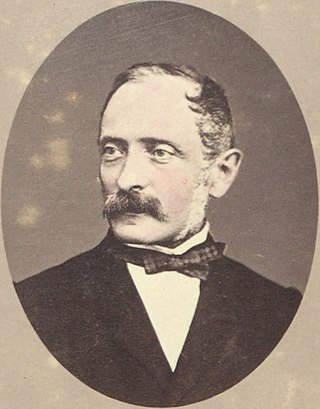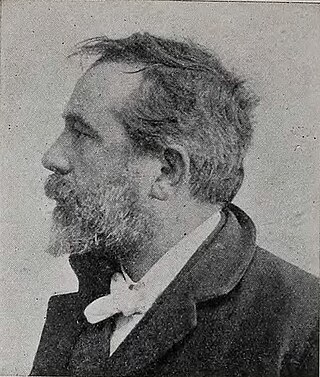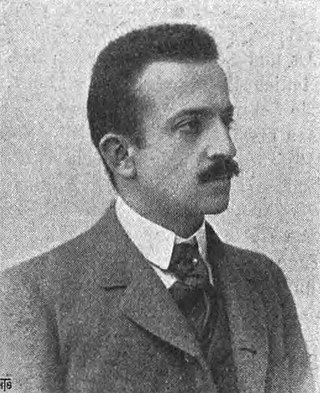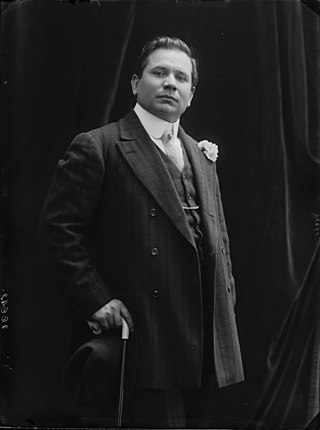Related Research Articles

The Duchy of Milan was a state in Northern Italy, created in 1395 by Gian Galeazzo Visconti, then the lord of Milan, and a member of the important Visconti family, which had been ruling the city since 1277.

The Duchy of Parma and Piacenza was an Italian state created in 1545 and located in northern Italy, in the current region of Emilia-Romagna.

Count Angelo De Gubernatis, Italian man of letters, was born in Turin and educated there and in Berlin, where he studied philology. He was nominated for the Nobel Prize in Literature fourteen times.

Filippo De Filippi was an Italian doctor, traveler and zoologist.

Masatierra petrel or De Filippi's petrel, is a species of seabird in the family Procellariidae. It is endemic to Chile where it nests in the Juan Fernández Islands and Desventuradas Islands. Its natural habitats are open seas and rocky shores.
Guido Agosti was an Italian pianist and piano teacher.

Atractus is a genus of colubrid ground snakes in the subfamily Dipsadinae. The genus includes more than 140 distinct species.

Giuseppe Palizzi, or Joseph Palizzi was an Italian-born French painter of landscapes and rural genre scenes. His younger brothers, Filippo, Nicola and Francesco Paolo also became painters.

The art collections of Fondazione Cariplo are a gallery of artworks with a significant historical and artistic value owned by Fondazione Cariplo in Italy. It consists of 767 paintings, 116 sculptures, 51 objects and furnishings dating from the first century AD to the second half of the twentieth.
Angelo Gabriello Piò was an Italian sculptor, active in Bologna in a Rococo style.

Giovanni De Min was an Italian painter and engraver, active in a Neoclassic style.

Gaetano Esposito was an Italian painter.
Riccardo Salvadori (1866–1927) was an Italian painter and illustrator.

Palazzo Fava or Palazzo Fava-Ghisilieri is a historic palace at 2 via Manzoni in Bologna, now housing art exhibitions and the Caffè Letterario Carracci Fava. It is most notable for its three rooms of frescoes of scenes from the lives of Jason, Medea, Europa and Aeneas by Ludovico Carracci, Agostino Carracci and Annibale Carracci, commissioned in 1584 by Filippo Fava - he was introduced to them by his tailor Antonio, Agostino and Annibale's father.
Pietro Scandellari (1711–1789) was an Italian painter and scenic designer.

Filippo Maria Fanti, known as Irama, is an Italian singer, rapper and songwriter.

Filippo De Filippi was an Italian medical doctor, scientist, mountaineer and explorer. De Filippi was born in Turin on 6 April 1869 to Giuseppe De Filippi, a lawyer, and Olimpia Sella.

Giotto DainelliDolfi was an Italian geographer, geologist, paleontologist, traveller and writer. Dainelli travelled in Eritrea, Africa, and to the Himalayas. He was a supporter of Italian fascism but was not a signatory of the Manifesto of Race.

Amedeo Bassi was an Italian tenor.
Atractus favae, Filippi's ground snake, is a species of snake in the family Colubridae. The species can be found in Suriname and Guyana.
References
- ↑ "FAVA, Angelo - Treccani". Treccani (in Italian). Retrieved 2024-05-07.
- ↑ Filippi, Filippo de (1840). "Catalogo Raggionato e Descrittivo ... Serpenti del Museo dell' I. R. Universitá de Pavia". Bibliot. Ital. 99: 163–187, 306–343.
- ↑ "Atractus favae". The Reptile Database. Retrieved 2024-05-07.